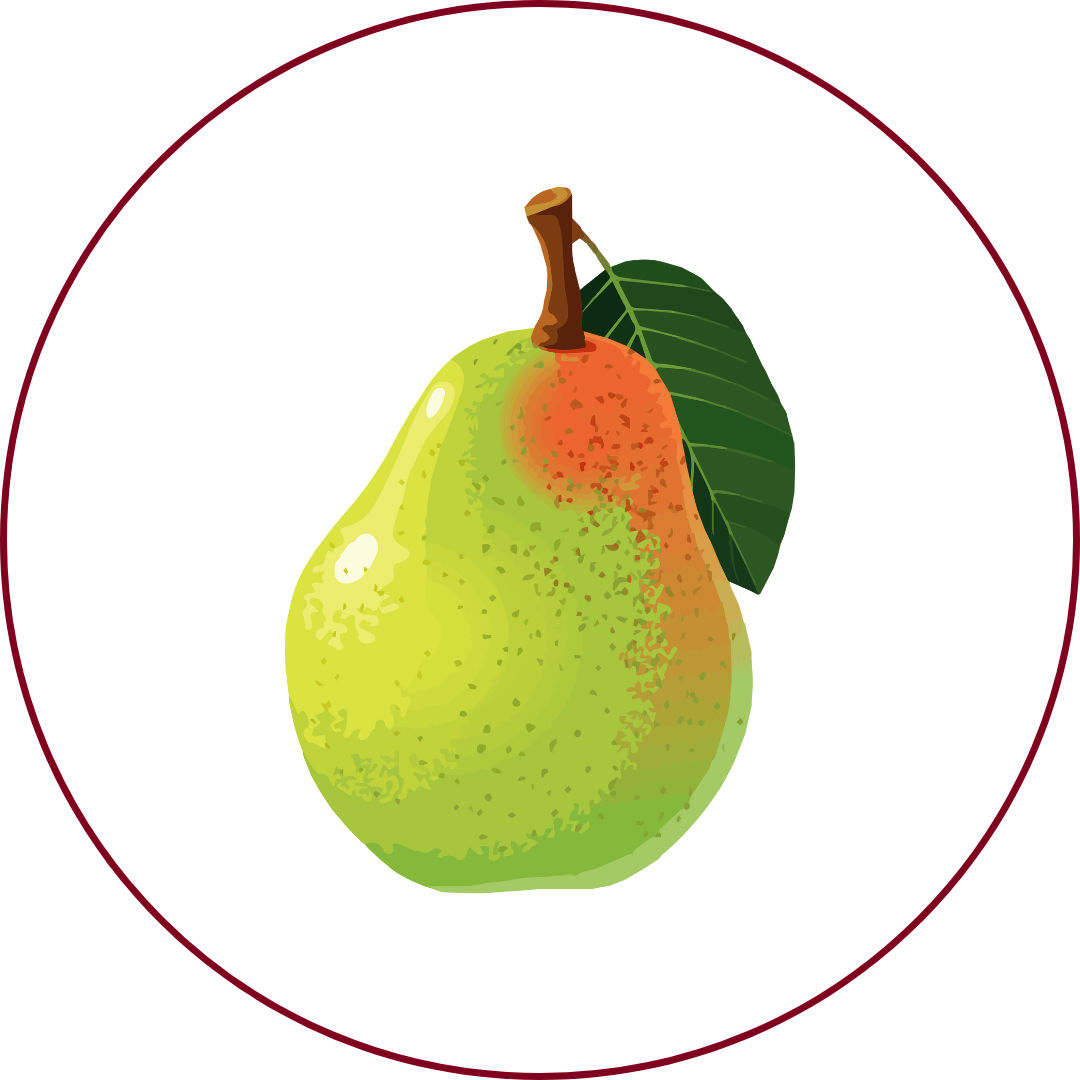Grape Variety
Roditis
"roh-DEE-tees"
Wine Styles
 Sparkling
Sparkling Light White
Light White Full White
Full White Aromatic
Aromatic Rosé
Rosé Light Red
Light Red Medium Red
Medium Red Full Red
Full Red Dessert
DessertAbout Roditis
Origin
Greece, particularly the Peloponnese region
History
Roditis is a pink-skinned grape variety indigenous to Greece, with a history dating back to ancient times. Its name is derived from the Greek word 'rhodon,' meaning 'rose,' referring to the grape's pinkish hue. Traditionally grown in the Peloponnese region, Roditis has become one of Greece's most widely planted white grape varieties. It is often blended with Savatiano in the production of Retsina, a traditional Greek resinated wine. In recent years, there has been a renewed interest in producing high-quality, single-varietal Roditis wines, particularly from higher altitude vineyards that yield more complex and aromatic expressions.
Appearance
Medium to large, pink-skinned berries growing in compact clusters.
Growing Traits
Roditis is a late-ripening, vigorous, and productive variety that thrives in the Mediterranean climate of Greece. It is drought-tolerant and performs best in light, limestone soils, particularly at higher altitudes where diurnal temperature variations contribute to the development of acidity and aromatic complexity. However, in fertile, low-lying areas, it can be prone to overcropping, leading to wines that are less characterful. Roditis is susceptible to downy mildew and, to a lesser extent, powdery mildew and Phomopsis.
Wine Characteristics
Body
2/5
Sweetness
1/5
Tannin
0/5
Acidity
4/5
Alcohol
2/5
Light to medium-bodied with a crisp and refreshing profile, often exhibiting a vibrant acidity. Typically dry, though off-dry versions exist, showcasing versatility in winemaking styles. Negligible tannin levels, as it is a white grape variety primarily used in white wine production. High acidity, contributing to its crispness and refreshing character. Moderate alcohol content, generally ranging from 11% to 12.5%, enhancing its light and approachable nature.
Taste Profile

Citrus

Green apple

Pear

Melon

Mineral
Roditis wines are known for their fresh and delicate flavor profile. Common tasting notes include citrus fruits like lemon, green apple, and pear, with subtle hints of melon and mineral undertones. When produced from higher altitude vineyards with controlled yields, Roditis wines can exhibit greater complexity and a more pronounced aromatic character.
Food Pairing
Roditis wines, with their crisp acidity and light to medium body, pair well with a variety of dishes. They complement seafood, grilled fish, and light salads. The wine's citrus and orchard fruit flavors also make it a good match for Mediterranean dishes, such as stuffed tomatoes with halloumi, shrimp dumplings, and southern fried chicken.
Growing Regions

Greece
PeloponneseThessalyMacedoniaAttica
Notable Wines & Producers
Patras PDO Roditis
Achaia Clauss
Cavino Winery
Parparoussis Winery
Tetramythos Roditis Natur
Tetramythos Winery
Roditis FAQ
Common questions about this grape variety
What is the origin of Roditis?
+
Greece, particularly the Peloponnese region
Is Roditis wine full bodied?
+
Roditis has a body level of 2 out of 5. Which means that Roditis is Moderate to Light bodied.
Is Roditis wine dry or sweet?
+
Roditis has a dryness level of 1 out of 5. Which means that Roditis is Dry.
Where is Roditis wine from?
+
Greece, particularly the Peloponnese region
Where is Roditis grown?
+
Roditis is grown in Greece (Peloponnese, Thessaly, Macedonia, Attica).
What is Roditis like?
+
Roditis wines are known for their fresh and delicate flavor profile. Common tasting notes include citrus fruits like lemon, green apple, and pear, with subtle hints of melon and mineral undertones. When produced from higher altitude vineyards with controlled yields, Roditis wines can exhibit greater complexity and a more pronounced aromatic character.
What does Roditis pair with?
+
Roditis wines, with their crisp acidity and light to medium body, pair well with a variety of dishes. They complement seafood, grilled fish, and light salads. The wine's citrus and orchard fruit flavors also make it a good match for Mediterranean dishes, such as stuffed tomatoes with halloumi, shrimp dumplings, and southern fried chicken.
What does Roditis taste like?
+
Roditis wines are known for their fresh and delicate flavor profile. Common tasting notes include citrus fruits like lemon, green apple, and pear, with subtle hints of melon and mineral undertones. When produced from higher altitude vineyards with controlled yields, Roditis wines can exhibit greater complexity and a more pronounced aromatic character.
Take Roditis Knowledge with You
Access detailed grape profiles, tasting notes, and pairing suggestions on your iPhone.
Download on theApp Store